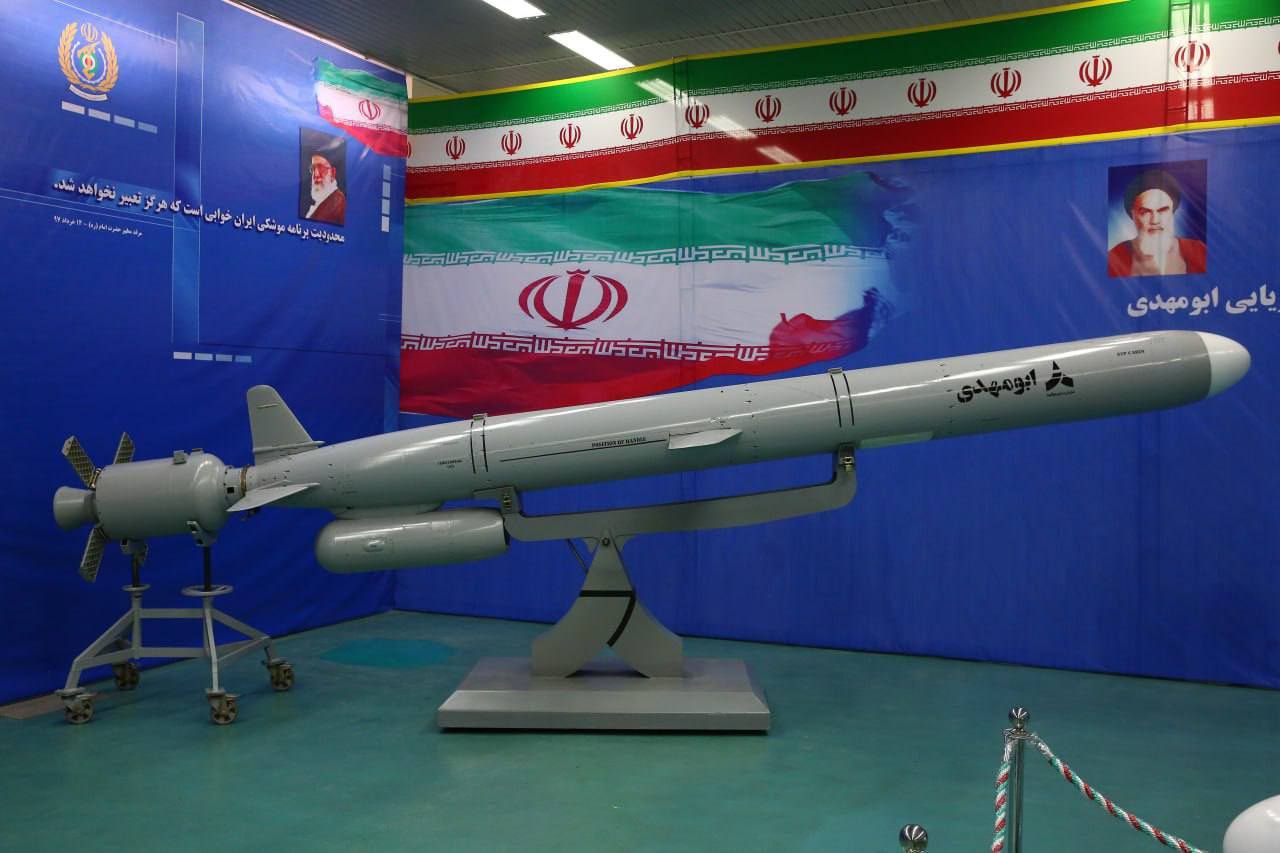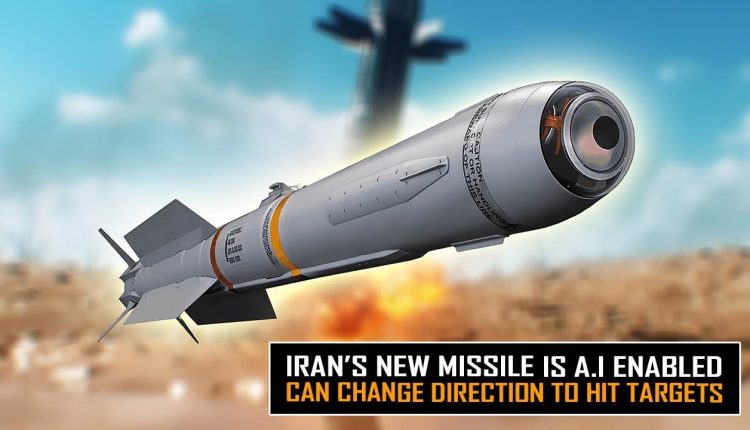©2021 Reporters Post24. All Rights Reserved.
After unveiling hypersonic missiles, Iran has announced its naval warships and missiles are now artificial intelligence (AI)-enabled. The capability is part of an effort to “revolutionize” the Islamic Revolutionary Guard Corps (IRGC) Navy, specifically developing warships and projectiles for long-range missilery.
The latest advancement in the IRGC Navy is also long in a line of defense technology breakthroughs the Persian nation declared this year, beginning with the introduction of a 1,400-kilometer-range Fattah hypersonic missile in June.
Claimed to bypass any known regional air defense system, it is said to be able to travel 15 times the speed of sound.
The Fattah-2 hypersonic ballistic missile unveiling followed this. This missile, it said, could fly more than Mach 5. Then, in late November, it added a new destroyer to its Caspian Sea fleet, the 1,400-ton Deilaman.
Navy & Anti-Ship Missiles Are AI-Enabled
On Wednesday, the IRGC announced that it has missiles equipped with AI, according to a Jerusalem Post report that quoted its navy chief Alireza Tansgiri.
“In the naval domain, we have vessels that can fire missiles with a unique and entirely Iranian design, with a higher range and speed,” said Tangsiri.
It had previously announced the Abu Mahdi missile with such AI technology, claiming to have a range of over 1,000 kilometers. The AI role could be assumed to be acquiring and engaging targets and minimizing human intervention.
That, in turn, has other benefits like better protection against jamming and electronic warfare – areas where Israel boasts significant technological lead.
It might also involve advanced maneuvering and aerodynamic tactics to avoid being tracked or engaged by ship-borne medium and close-range air defenses.
Tansgiri added that several new vessels, including the Shahid Sayyad Shirazi and the Shahid Hassan Bagheri, were being introduced into the IRGC Navy and that two further vessels called the Shahid Rais Ali Delwari and the Abu Mahdi Muhandis would be introduced in the future.
Abu Mahdi Missile
Another post on X (formerly Twitter) added that the “IRGC naval vessels will now be equipped with AI (missiles) and will be command-guided after launch.”
Command guidance means the missile can receive updates to change its course and direction via a radio or radar link from the launching radar on the ground or the warship, as it simultaneously tracks the target.
In this case, targets are usually moving objects like fast-flying and maneuvering fighters, armored vehicles, or warships.
It is not clear if this is referring to the Abu Mahdi missile. But an earlier report in the Tasnim news agency quoted Iranian naval commanders claiming the 1,000-kilometer range system has AI that allows the missile to hit “warships, frigates and destroyers” from various directions.”
The missile can distinguish whether to deliver a “precision strike” or use “destructive power” by “bypassing maritime terrains and penetrating the enemy’s air defense systems.”
“With artificial intelligence, the missile can streak at low altitudes for radar-evading maneuvers and alter its course and height in midair.”
The new missile can be launched from any location deep inside the Iranian territories to destroy mobile naval targets.

The missile’s seeker has active and passive radar homing systems, making it suitable in an electronic warfare environment and preventing it from being detected.
“The Abu Mahdi launch system can prepare and fire several missiles at short intervals, with various trajectories, and from diverse fixed and mobile launchers,” the Tasnim report added.
Iranian Drones AI-Enabled Too
This is not the first time Iran has announced AI-enabled weapons systems and processes in its military technology.
In early October, Iran held massive drone exercises, including the live striking of land and naval targets that its senior officers claimed had a significant AI component in controlling unmanned aerial vehicles (UAV), autonomous flight, and target tracking and engagement.
Tehran also conducted a countrywide drone drill featuring 200 drones of 12 different types of surveillance and combat UAVs.
The exercise was held in seven border provinces and four Islamic Republic of Iran Army divisions.
The massive exercises by the Islamic Republic of Iran Army, Navy, Air Force, and the IRGC have seen the Ababil-2 and the Arash loitering munitions/kamikaze drones hit a target warship; the Kaman-19 EW-capable drone evading several dense air defenses by jamming them and the Karrar drone possibly shooting down another drone by firing air-to-air missiles.
All the above drone operations took place under the broad rubric of AI and autonomous, coordinated swarm flights, marking a holy grail in drone technology, which even Western countries are struggling with.
Brigadier General Alireza Sheikh, the spokesperson for the exercise, said, “The ability of mass flights using artificial intelligence is one of the innovative measures in the Islamic Republic of Iran Army’s operation of drones.”
The IRGC commander, Major General Hossein Salami, shed more light on the AI in the recent drills, saying it “enabled the drones to strike any part of a vessel…while cruising at a distance of thousands of miles away.”
Sheikh also said the exercise featured the unveiling of the Kaman-19 drone with air-based electronic warfare capability.
“Arash and Karrar drones are expected to fly from different parts of the country and land at a specific location and time as part of tests to gauge their ability to bypass electronic warfare nets and defense barriers,” he said.


